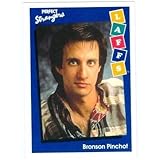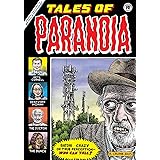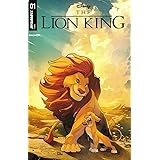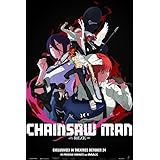Learning colors and engaging with children’s songs are fundamental for early childhood development. The video above offers a vibrant journey into color recognition, combined with beloved nursery rhymes like “Johny Johny Yes Papa” and “Baby Shark.” This content provides a perfect blend of visual learning and auditory stimulation for young minds. We can leverage these simple yet effective tools to enhance a child’s cognitive and language skills.
The Power of Learning Colors for Young Children
Color recognition is a key developmental milestone. It helps children categorize information about the world. Exposure to various colors builds crucial visual discrimination skills. Early identification of colors also improves descriptive language.
Children learn colors best through repetition. The video shows this with its clear display of red, purple, yellow, orange, green, and blue balls. This consistent presentation helps solidify new knowledge. Active participation reinforces memory and understanding.
Visual Learning and Color Recognition
Visual aids make learning fun and effective. Colorful objects, like the balls in the video, grab a child’s attention. Bright hues stimulate young eyes and engage their curiosity. This visual stimulation aids in brain development.
Parents can extend this learning. Point out colors in everyday items. Ask your child to identify specific colors around them. This creates real-world connections to what they see on screen. It makes the learning experience more concrete.
Engaging with Beloved Children’s Songs
Nursery rhymes and popular kids’ songs play a vital role. They support language acquisition and memory. Songs like “Johny Johny Yes Papa” teach simple narratives and question-and-answer patterns. This interaction helps with social understanding.
The “Baby Shark” phenomenon also captures young imaginations. Its repetitive nature is perfect for language learners. Children quickly pick up the words and actions. This builds confidence in communication and expression.
Benefits of Incorporating Nursery Rhymes and Kids Songs
Singing helps develop auditory processing skills. Children learn to differentiate sounds and words. It also improves rhythm and musicality. This fosters a love for music from a young age.
Movement often accompanies these songs. The “Baby Shark” dance is a great example. These actions enhance gross motor skills. They also encourage coordination and body awareness. Engaging the body makes learning multi-sensory.
Rhyming words in songs boost phonological awareness. This is a critical pre-reading skill. Understanding sound patterns prepares children for reading. It makes the transition to literacy smoother and more enjoyable.
Interactive Learning with Surprise Elements
The video effectively uses “surprise eggs.” These segments add an element of excitement. Anticipation keeps children engaged and curious. Surprises make learning memorable.
Breaking surprise eggs stimulates curiosity. It teaches children about cause and effect. They learn that certain actions lead to specific outcomes. This simple interaction is a powerful learning tool.
Enhancing Cognitive Skills Through Play
Interactive play is essential for cognitive growth. Surprise elements introduce new concepts in a playful way. They encourage problem-solving and critical thinking. Children develop better attention spans with engaging content.
Parents can replicate this at home. Use everyday objects for “surprise” reveals. Hide a toy under a cup. Ask your child what they think is inside. This fosters imaginative play and prediction skills.
Extending Learning Beyond the Screen
The video provides a great starting point. Real-world interaction solidifies learning. Engage your child in conversations about the video’s content. Ask them about the colors they saw.
Creative activities can also reinforce lessons. Draw pictures of colorful balls together. Sing “Johny Johny Yes Papa” during snack time. These activities integrate the learning into daily life.
Practical Activities for Color and Song Reinforcement
Create a color scavenger hunt. Ask your child to find objects of a specific color. This encourages active observation. It makes learning colors an exciting game.
Sing the songs with actions. This helps children connect words with movement. Use hand puppets or stuffed animals for role-playing. This adds another layer of fun to learning children’s songs.
Read colorful storybooks together. Point out the colors of characters and objects. Discuss the storyline and characters. This enhances vocabulary and comprehension skills.
The Role of Educational Content in Toddler Development
High-quality educational content supports healthy development. Videos like this introduce core concepts. They provide a safe and stimulating environment. Children learn at their own pace.
Parents serve as crucial facilitators. Watch the video with your child. Discuss what they see and hear. Your interaction amplifies the video’s impact. It turns passive viewing into active learning.
Developing Key Skills Through Engaging Videos
Watching educational videos builds early literacy skills. Children become familiar with visual narratives. They learn to follow a sequence of events. This lays groundwork for later reading comprehension.
Social-emotional development also benefits. Shared viewing experiences create bonding opportunities. Children learn about emotions through song lyrics. They practice turn-taking and shared attention.
This video effectively helps children learn colors. It uses popular children’s songs like “Johny Johny Yes Papa” and “Baby Shark” to engage young learners. These elements combine for a rich and interactive learning experience.







